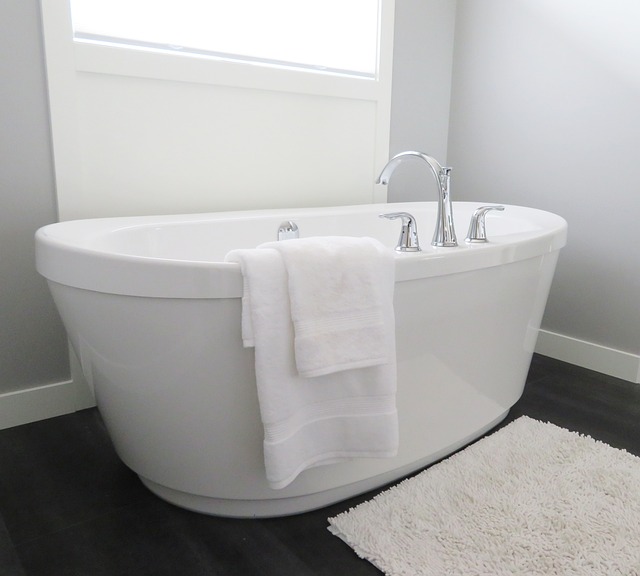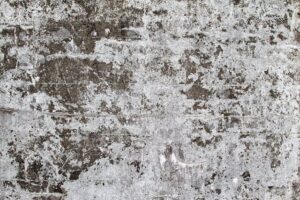How to Fix a Rough Bathtub: A Complete Guide
A rough bathtub can turn your daily bath into an unpleasant experience. Over time, bathtubs may develop rough surfaces due to wear, scratches, or residue buildup, which can make them uncomfortable to use and even cause skin irritation. The good news is that with the right techniques and tools, you can fix a rough bathtub and restore its smooth, inviting surface.
This guide covers everything you need to know about how to fix a rough bathtub, from identifying the causes to using effective DIY methods and professional solutions. You’ll also learn preventive measures to keep your bathtub smooth and well-maintained. Whether you’re a homeowner or a renter, this comprehensive resource will empower you to tackle the problem confidently.
Why Does a Bathtub Become Rough?
Common Causes of Rough Bathtub Surfaces
- Aging Material: Over time, the enamel or acrylic coating of a bathtub can degrade.
- Hard Water Deposits: Mineral buildup from hard water creates a rough, gritty texture.
- Scratches and Wear: Scrubbing with abrasive tools or frequent use can scratch the surface.
- Residue Buildup: Soap scum, oils, and cleaning agents accumulate over time.
Types of Bathtub Surfaces and Their Issues
- Porcelain: Prone to chipping and surface roughness with age.
- Acrylic: Can develop scratches easily.
- Fiberglass: Susceptible to wear and uneven texture over time.
Tools and Materials Needed to Fix a Rough Bathtub
Essential Tools
- Sandpaper (fine and medium grit)
- Non-abrasive sponge
- Soft cloths or microfiber towels
- Paintbrush or roller (for refinishing)
Cleaning and Refinishing Materials
- Vinegar or a mild cleaning solution
- Bathtub refinishing kit
- Epoxy paint (for touch-ups)
- Polishing compound or wax
Optional Tools for Severe Damage
- Electric sander
- Chemical stripper (for removing old finish)
- Tub resurfacing spray
Step-by-Step Guide to Fix a Rough Bathtub
Step 1: Clean the Bathtub Thoroughly
Why Cleaning Matters
A clean surface is essential before any repair or refinishing work. Dirt and residue can interfere with the process.
How to Clean Your Bathtub
- Use a non-abrasive sponge and a mild cleaner to scrub the tub.
- For hard water stains, apply a vinegar solution and let it sit for 15 minutes before scrubbing.
- Rinse thoroughly and dry with a soft towel.
Step 2: Address Minor Surface Imperfections
Using Sandpaper for Smoothing
- Start with medium-grit sandpaper (around 200 grit) to gently smooth rough patches.
- Switch to fine-grit sandpaper (400 grit or higher) for a polished finish.
- Wipe away dust with a damp cloth.
Applying Polishing Compound
- Spread a small amount of polishing compound over the rough areas.
- Buff the surface with a soft cloth in circular motions until smooth.
Step 3: Fix Deeper Scratches or Chips
Repairing Chips with Epoxy
- Mix the epoxy according to the instructions.
- Apply it to the chipped area with a small tool or brush.
- Let it cure as directed before sanding it smooth.
Using a Refinishing Kit
- Follow the kit instructions to apply a new coating to the entire tub.
- Allow ample drying time between coats.
Step 4: Refinish the Bathtub
Preparing for Refinishing
- Ventilate the area to minimize exposure to fumes.
- Mask off surrounding areas to protect them.
Applying a New Finish
- Use a roller or spray to apply a refinishing product evenly.
- Let the first coat dry before adding additional layers.
- Allow the tub to cure fully (typically 24–48 hours).
Preventing Future Roughness
Proper Cleaning Techniques
- Use non-abrasive sponges and mild cleaners.
- Rinse thoroughly after every use to prevent residue buildup.
Protecting the Surface
- Avoid using harsh chemicals or steel wool.
- Apply a protective wax periodically to maintain smoothness.
Regular Maintenance
- Check for signs of wear and address minor issues promptly.
- Use water softeners if you live in a hard-water area.
Frequently Asked Questions About Fixing a Rough Bathtub
Can I fix a rough bathtub without refinishing it?
Yes, for minor roughness, cleaning and sanding can often restore smoothness.
Is refinishing a bathtub a DIY project?
It can be, but refinishing requires proper materials and patience. Hiring a professional may be better for extensive damage.
How long does bathtub refinishing last?
With proper care, a refinished bathtub can last 5–10 years.
What’s the best cleaner for a smooth bathtub surface?
Use a mild, non-abrasive cleaner designed for your bathtub material.
Are there professional services to fix a rough bathtub?
Yes, many companies specialize in bathtub resurfacing and refinishing.
Conclusion: Fix a Rough Bathtub with Ease
Learning how to fix a rough bathtub is a valuable skill that can enhance the comfort and aesthetic of your bathroom. By following the steps in this guide, you can tackle minor issues like scratches and residue or even take on larger refinishing projects with confidence.
Remember to keep your bathtub well-maintained through proper cleaning, protective measures, and regular inspections. These habits will help prevent future roughness and extend the lifespan of your tub. With the right approach, you can enjoy a smooth, inviting bathtub that adds to the relaxation of your bathing routine.
Whether you’re dealing with a porcelain, acrylic, or fiberglass tub, this guide has everything you need to restore its surface and keep it in excellent condition for years to come.

Share this:
- Click to share on Facebook (Opens in new window) Facebook
- Click to share on X (Opens in new window) X
- Click to share on LinkedIn (Opens in new window) LinkedIn
- Click to share on Reddit (Opens in new window) Reddit
- Click to share on X (Opens in new window) X
- Click to share on Threads (Opens in new window) Threads
- Click to share on WhatsApp (Opens in new window) WhatsApp




